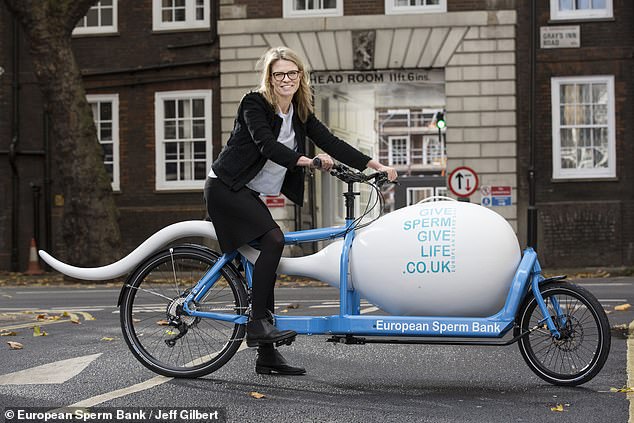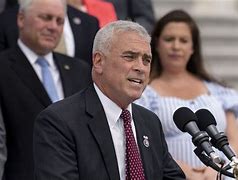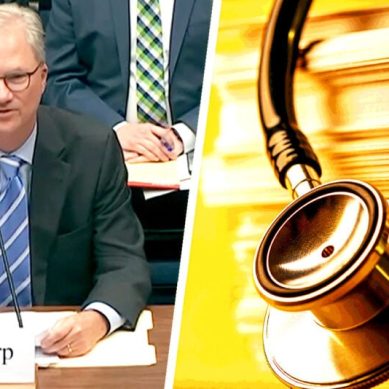
British women are turning to Denmark hoping for “Viking babies” as the UK suffers a nationwide shortage of sperm donors. In Denmark sperm banks are booming and many students can earn more than £400 a month from donating regularly.
In the more open-minded Danish society, there is less taboo attached to sperm donation than in the UK and many donors are similarly relaxed about the prospect of their off-spring eventually making contact once they become adults.
In Copenhagen the European Sperm Bank is just one of the companies sending sperm to the UK, or to Danish clinics where British women attend for fertility treatment. In 2020 over half of all donated sperm used in Britain came from overseas – 27 per cent from America and 21 per cent from Denmark.
So, an increasing number of the 28,000 sperm-donor babies born in the UK in the past two decades can boast Viking blood.
The HQ of the European Sperm Bank is housed in a bright converted warehouse in central Copenhagen. Every working day, samples frozen in liquid nitrogen are brought there from donation points across the city on a “sperm bike” – an eye-catching vehicle which, like its precious cargo, has a long tail.
The donors, many of whom attend three times a week, walk past a full-size stuffed polar bear, symbolically “guarding” the frozen sperm, and are welcomed at the reception with a plastic sample cup and a virtual reality (VR) headset. They then make their way to one of five “donor rooms”.
Locking the door turns a greenlight in the foyer to red, signalling that the room is occupied. On his TV screen the donor can choose from a selection of pornography channels before getting down to business. The VR headsets were pioneered by rival sperm bank Cryos International, which claims that research has shown that the better the donor’s “experience”, the higher the quality of the sperm.
Customers, whether single women or couples, can log in to the website and choose their donor at leisure. They are provided with a photograph of the donor as a child, often an audio file of his voice talking about himself, and a run-down of his physical qualities such as eye and hair colour, height, weight and educational standard.
About 70 per cent of donors are “ID released” which means that their offspring will be allowed to make contact with them after reaching the age of 18. In Denmark donors can choose to remain anonymous, but under UK law, that is not possible.
In recent years a worldwide proliferation of DNA registries has meant that even anonymous donors may eventually be contacted, which has been cited as one reason why British men are reluctant to come forward and donate, but their Danish counterparts seem less worried about that.
Peder Thomsen, 30, admits he has “no idea” how many children he has fathered in his years of donating sperm. He began as a student in Denmark’s second city, Aarhus, visiting Cryos International, the world’s biggest sperm bank, three times a week while studying marketing.
“I had a very close relative who couldn’t conceive. But she finally did, and I saw that awesome bond between her and her kid, I thought if I can help in any way with that, which, of course I could through donations, that’s going to be an easy win, right? It’s a win-win. So that’s what got me into in the first place. The money was handy too as a student, but that wasn’t my main motivator.”
He’s quite relaxed about the prospect – even welcoming it – of one of his biological children knocking on his door one day.
“Actually, it’s probably going to happen someday with all these DNA registries. I feel pretty calm about it. I’d even say I’m looking forward to it in a sense. It’s something you kind of forget about, then I wonder what these kids look like? So, they’re out there somewhere and if they suddenly show up it’s just going to be an interesting addition to my life.”
Peder, who now works for one of Denmark’s biggest banks in Copenhagen, is now in a relationship with a woman who has two children of her own from a previous relationship, and doesn’t plan to have any children of his own.
“In my current situation it’s not something we’re likely to do, but I feel good about having helped other people, wherever they are. When I first started donating, I’d say there was a bit of a taboo about it, but after a year or so, I didn’t feel that so much, and I’m always happy to discuss it.”
In Brighton, single mother Holly Ryan, 45, has always had a love affair with Denmark, so it seemed quite natural for her to head to Copenhagen when she decided it was time to have a child.
“I’d always wanted children as far back as I can remember,” she said. Her own background was unusual – her father brought her and her brother up after her mother left home.
“I remember saying to my friends, I’m going to Copenhagen, they would say, “where’s that?” It wasn’t until series like The Killing and Borgen came along that it was placed more firmly on the map. I adore everything about Denmark and their quality of life feels superior to ours – there’s an openness and fresh thinking about the Danes which I really value.”
In her early 30s, she travelled to Copenhagen and decided to choose a donor from the European Sperm Bank and have the fertility treatment at the Stork Klinik in the city.
“It can be a daunting and surreal process, so you interrogate the descriptions of the donors, hear their voice file talking about their attitude to life or whatever and see a photo of them as a child. The clinic and ESB have a strong vetting procedure with donors and obviously want to maximise positive results; they felt cheerleading in every regard.”
She tried five times with one donor’s sperm, but failed to conceive and the Stork Klinik suggested she try a different donor as sometimes, despite a high sperm count on the part of a man and a very fertile woman, it can be a simple DNA compatibility issue.
She admitted becoming “obsessive” about getting pregnant: “You enter it with a heart-soaring optimism that this is definitely going to happen. In my case I hoped the universe would have my back as I’d lost both my parents from cancer in close succession and felt I had the smarts and strength to do parenthood solo.”
On her sixth trip, she tried the new donor, who sounded on his voice file like “her kind of person”.
She added, “It’s a bit like viewing a house for the first time or your first date, you look for the nuances that you can relate to or which just instinctively feel right in your bones. It was his approach to living that I felt most enthused and comforted by: he was very much like my Dad, putting across the idea that we’re here for a very limited time and you should honour every day for what it brings and don’t fixate on what others are doing – find your own path.”
The sixth attempt with the new donor proved to be gleefully successful. That was eight years ago and Holly’s son Johan, who she calls a “strident little Viking” was joined four years later by his sister Silke, who was also conceived from the same sperm donor – although it did take six more attempts for a second pregnancy to develop.
- The Daily Mail report











